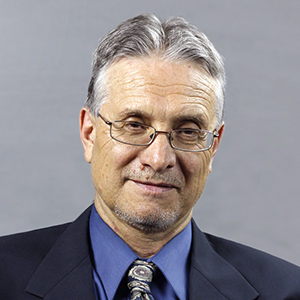John Goodman, Billy Crystal, Anthony Hopkins, and Jeff Bridges lost homes in the Los Angeles fires, and as Malibu resident Mel Gibson told reporters, “I have never seen a place so perfectly burned. You could put it in an urn.” As all fire victims recently learned, “[H]omes, businesses, churches, schools and other structures that have been destroyed by the recent fires are exempt from Coastal Act permitting requirements.” That is the ruling of the California Coastal Commission (CCC), a powerful state agency with a curious history in regard to celebrities, property owners, and fires alike.
The CCC traces its origin to the 1969 oil spill off Santa Barbara, but an event in September 1970 had more lasting significance. As the New York Times reported, “[A] massive brush fire, fanned by strong winds off the Mojave Desert, spread out of control northwest of Los Angeles today, driving men and animals before it.”
The flames were “swept along with almost explosive speed by the extremely dry northeast wind that Californians call a ‘Santa Ana,” in the region’s worst fire since 1961. The blaze forced evacuations in Topanga Canyon and threatened the Mullholland Canyon residence of Gov. Ronald Reagan, who declared a state of emergency. The blaze jumped the coast highway and “the flames burned to the Pacific Ocean.”
The “Wright Fire” in Malibu Canyon killed ten people, destroyed 103 homes, and consumed 28,000 acres. Despite the death and destruction, state politicians continued to focus on the oil spill. Environmentalist Peter Douglas co-wrote Proposition 20, a 1972 ballot measure to create a temporary commission and authored the Coastal Act of 1976, which made the Commission permanent.
The next year, Douglas became deputy director and in 1985 executive director of the agency he conceived. With this regulatory zealot at the helm, the unelected Commission rode roughshod over the property rights of coastal residents, who were not responsible for the oil spill.
The CCC holds jurisdiction in an area extending up to five miles inland, “and including coastal mountains.” The commission can require “restoration of sites to native habitat” and opposes “removal of major vegetation.” Residents of the coastal zone were not free to clear brush in times of fire, but regulations were not the commission’s only imposition.
Assembly Speaker Willie Brown appointed Mark Nathanson, a wealthy businessman who had raised money for Brown’s campaign. Commissioner Nathanson set about extorting money from coastal residents seeking permits to remodel their beachfront homes.
Nathanson pedaled permits for up to $734,000 and demanded $1.34 million more from applicants who refused to pay. They included Sylvester Stallone (Rocky, First Blood), who helped the FBI investigate the case. Nathan pleaded guilty to racketeering and drew a sentence of five years in prison. This scandal prompted no effort to scale back or eliminate the CCC, and the coastal fires continued.
According to the Malibu Times, the area has averaged two fires every decade since 1929. The 1993 “Old Topanga Fire” caused three deaths and destroyed 369 homes. The 2007 “Canyon Fire” consumed 4,565 acres, destroyed six homes, and forced the evacuation of 2,100 residents. The pattern continued into the current decade.
Last December, Dick Van Dyke, Cher, and Barbra Streisand joined thousands of Malibu residents fleeing a raging brush fire. That blaze failed to serve as a warning, even as Santa Ana winds kicked up. In the central valley on Jan. 6, 2025, Gov. Gavin Newsom attended a track-laying ceremony for California’s vaunted bullet train, according to UCLA economist Lee Ohanian a fantasy from the beginning that has no path to completion.
On Jan. 4, 2025, with meteorologists warning that fire could spread to Los Angeles, Mayor Karen Bass flew to Ghana to attend an inauguration. The fires raged on claiming countless houses and killing, at this writing, 24 people. As high winds continue that count is sure to rise, but the LA fires are not the most deadly in recent history.
That claim belongs to the 2023 Lahaina fire in Hawaii, with at least 102 people killed, 2,207 structures damaged or destroyed—86 percent residential—and property damage approaching $6 billion. Firebreaks had been left covered with dense and dry grasses, and overgrown vegetation made the whole area a tinderbox.
Consistent action to reduce fire risk could have prevented the deadly blaze, but the lessons seem lost on California politicians and bureaucrats. For Jeff Bridges, Billy Crystal, Mel Gibson, and countless others, 2025 turned out to be The Year of Living Dangerously beyond all others.








